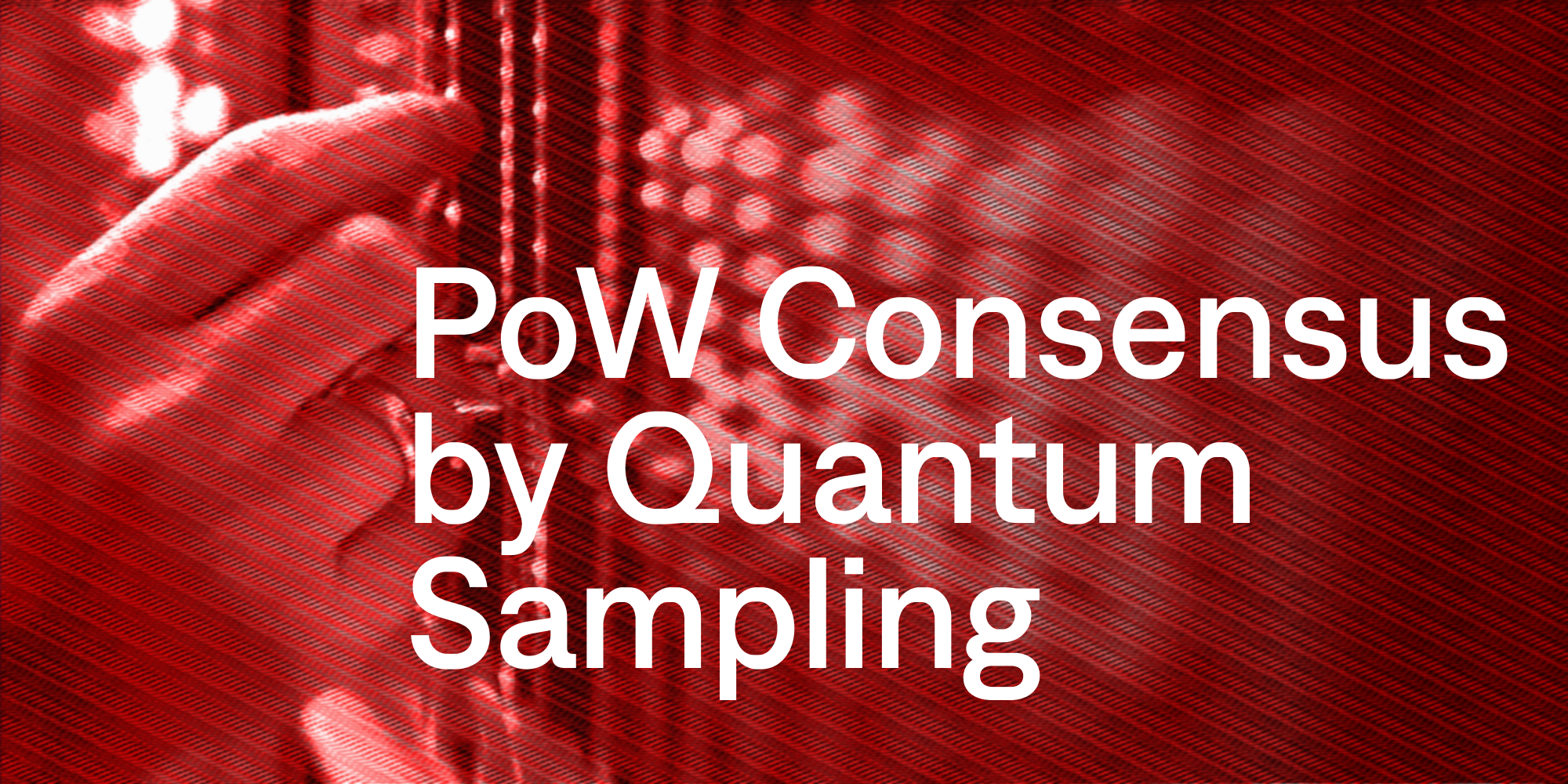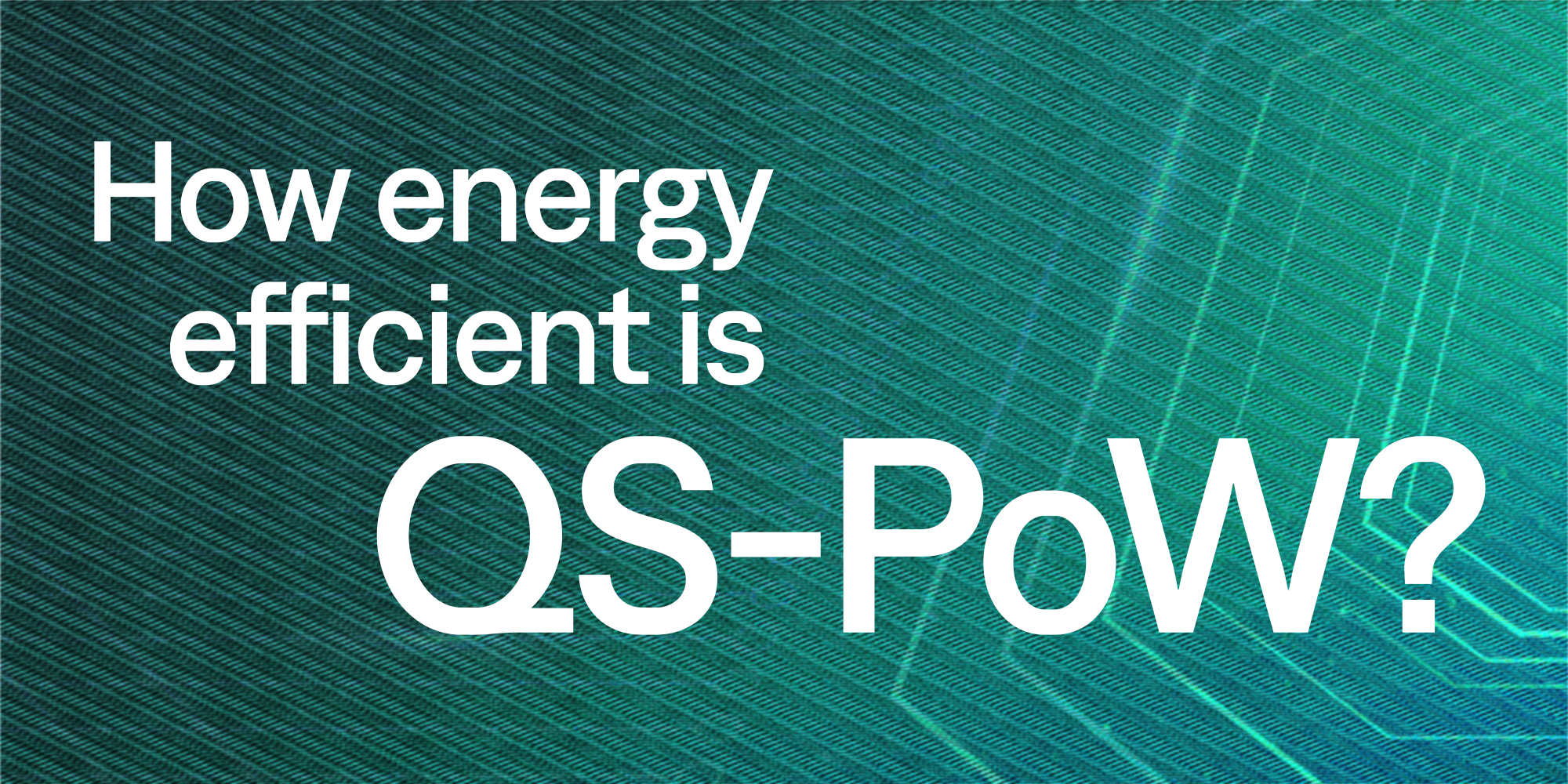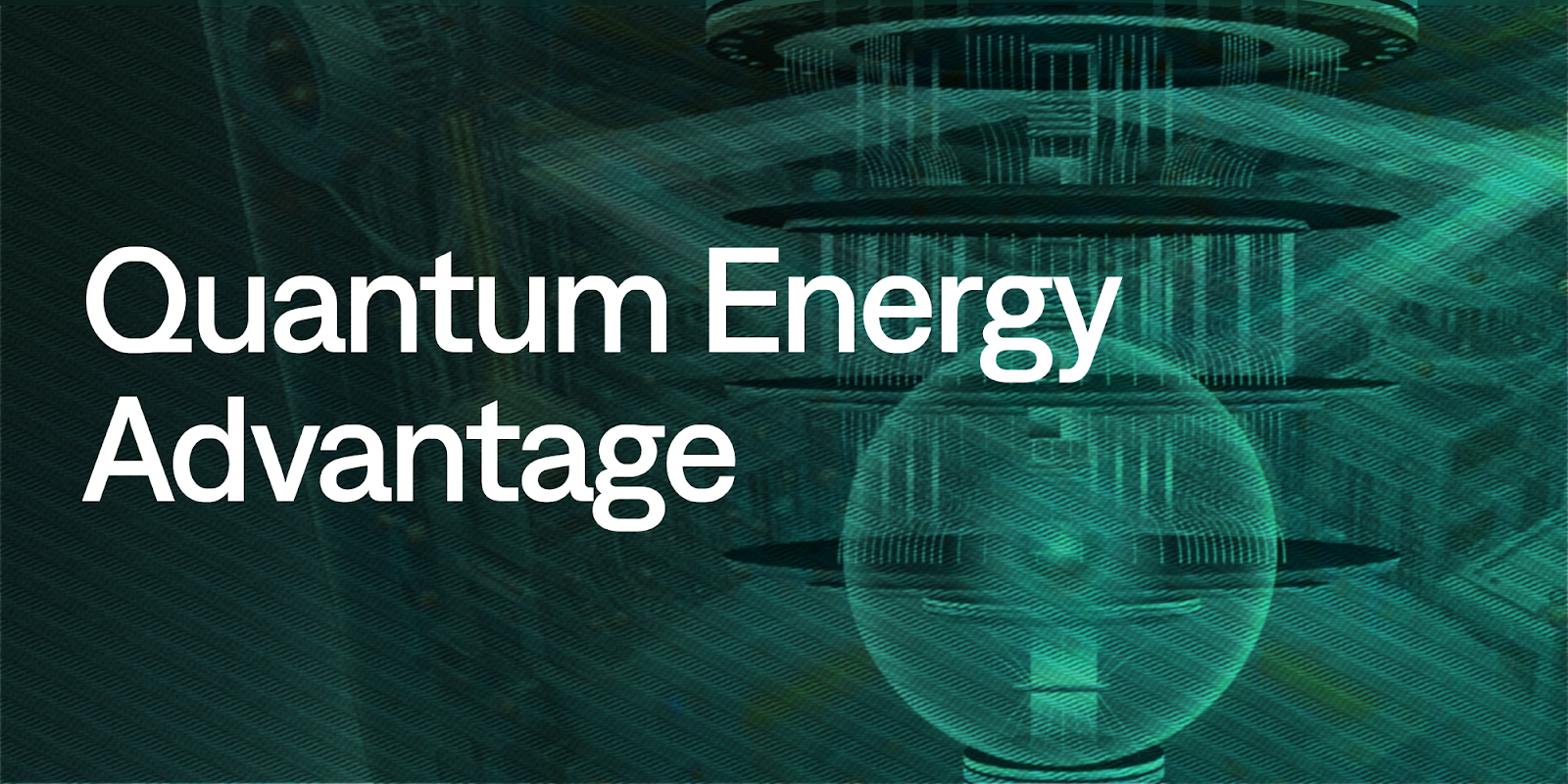

Quantum Proof-of-Work (QPoW) is an energy-efficient, post-classical consensus algorithm that uses NISQ hardware to authorize blockchain transactions. Unlike conventional proof-of-work schemes that consume large amounts of energy to run blockchains, the QPoW leverages the power of boson sampling to reach consensus and validate transactions with quantum-enhanced energy efficiency.
BTQ researchers recently demonstrated the applicability of boson sampling to the problem of proof-of-work (PoW), a distributed algorithm used in blockchain protocols such as Bitcoin. This quantum analog to conventional consensus methods uses boson samplers as nodes in the blockchain. This is a relatively simple photonic quantum algorithm, readily realizable using present-day technology, where the goal is to sample the output photon configurations of a linear optics interferometer. These output configurations are then classically post-processed using Coarse-Grained Boson Sampling which maps the exponentially large output configuration space into a polynomial sized one.

Post-Classical Energy Advantage
In our article on QPoW’s energy consumption, we describe how quantum samplers for a certain number of miners on a blockchain could save energy by orders of magnitude compared to the analogous classical simulation.
Read More
Future-Proof Quantum Protocol
QPoW is a quantum protocol for blockchains that is designed with considerations that anticipate and mitigate potential challenges or advancements in quantum technology. The quantum hardware used in the scheme offers substantial speedup against any classical machine.

Applicable with Present-Day Quantum Technology
QPoW is a quantum protocol for blockchains that is designed with considerations that anticipate and mitigate potential challenges or advancements in quantum technology. The quantum hardware used in the scheme offers substantial speedup against any classical machine.

Comparison of the energy cost per sample (log scale) for boson sampling using a quantum boson sampler, a supercomputer, and a single-core processor all with the same specs. N is the number of input photons. The quantum energy advantage can be observed after N=10.
Boson Sampling is a non-universal NISQ-era architecture for optical quantum computing with comparatively straightforward engineering requirements - a passive optical interferometer with photon sources and photo-detectors. Since it is a highly restricted problem, its utility has been questioned for several years. Recently, boson samplers were demonstrated to have outperformed an equivalent classical simulation by orders of magnitude!
BTQ researchers have demonstrated the applicability of boson sampling to the problem of proof-of-work (PoW), a distributed algorithm used in blockchain protocols such as Bitcoin. Classical algorithms are known for their computationally intensive inverse-hashing problems that consume vast amounts of power, bringing blockchain technology under major criticism.
In BTQ’s QPoW protocol, this energy-intensive inverse hashing problem is substituted with one based on boson sampling. Each classical node is replaced by a quantum counterpart, where light sources are passed through an interferometer, and the output configuration is detected. Since the output configuration is inherently random, several samples are collected and the data is manipulated to reach consensus using different binning strategies. This protocol has demonstrated that a blockchain network comprising quantum nodes performing QPoW can achieve the same outcome (distributed consensus) using orders of magnitude less energy than a corresponding network of classical simulators.
Below is a step-by-step guide to the protocol:

The protocol" is our solution to creating energy‒efficient and post‒quantum secure blockchains of the future. This video broadly explains how we plan to implement it in the near‒future, as a successful and reliable decentralized network to validate transactions.


